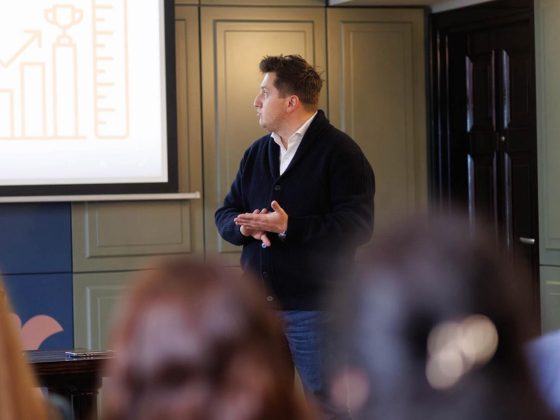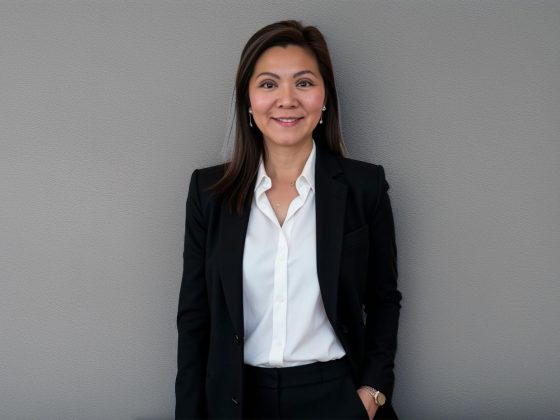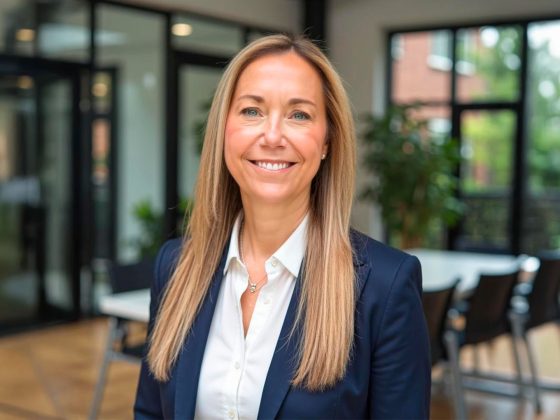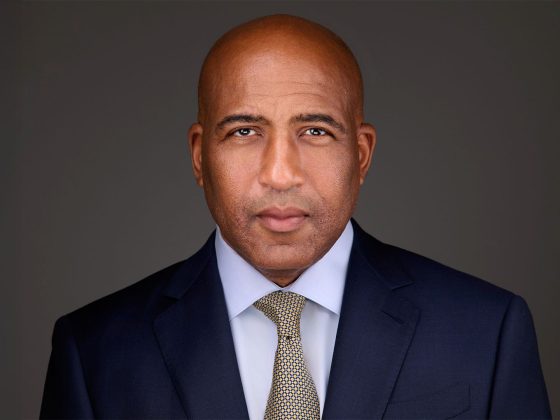For many business services organizations, IT audits are treated like a chore, a compliance box to tick before moving on. Reports are filed, requirements are met, and any real opportunity for growth is often overlooked. Maman Ibrahim believes this mindset is a costly mistake. As a cyber and digital risk executive and principal partner at EugeneZonda, Ibrahim has spent more than two decades helping organizations see audits differently. To him, they are not just regulatory necessities but powerful tools that can uncover hidden weaknesses, drive smarter decision-making, and even create competitive advantages.
Turning Audits into Business Value
Ibrahim never set out to reinvent IT audits. But after years of watching companies pour money into compliance exercises that produced reports no one ever read, he knew something had to change. “I help organizations turn cybersecurity and digital risk into strategic value,” he explains. This starts with translating complex risk assessments into insights that business leaders can actually act on. Through his work at EugeneZonda and as founder of Ginkgo Resilience, Ibrahim has built a reputation for cutting through audit bureaucracy. Instead of overwhelming companies with technical jargon, he zeroes in on what truly matters to the business. The goal is not just to uncover problems but to identify opportunities that others overlook.
Shift From Checklist To Strategic Insight
Most audits follow the same predictable script: check the boxes, verify the controls, write a report that gets filed away and forgotten. Ibrahim sees this as both wasteful and counterproductive. “Too many audits start and end with compliance, but real value comes when we treat audits as strategic reviews,” he says. At EugeneZonda, Ibrahim’s team approaches every project by first asking what keeps business leaders up at night. Is it protecting the company’s reputation? Meeting revenue goals? Keeping operations running without disruption? Once they understand those priorities, the audit shifts focus to the risks that truly matter. The result is findings that leaders can act on, rather than what Ibrahim calls “regulatory noise.”
Build In Continuous Collaborative Assessment Audits
The traditional approach to audits, Ibrahim says, is like getting an annual physical and then ignoring your health for the rest of the year. He believes there is a better way. “The most resilient organizations embed continuous collaborative assessment into their culture,” he explains.
This approach involves real-time monitoring, ongoing dialogue, and working closely with the people who manage the business every day. It is not about adding more meetings or drowning teams in paperwork. It is about building audit processes that move at the speed of the business itself. Ibrahim’s team calls this philosophy “more conversation, less confrontation.” Rather than showing up as the compliance police, auditors become partners in solving real business problems and shaping stronger, more resilient operations.
Prioritize Risk Over Perfection
Here is where most audits go wrong: they spend weeks documenting minor issues while overlooking the big risks that could truly harm the company. Ibrahim takes a very different view. “Perfection is not the goal, impact is. Focus your audit lens on the risks that could disrupt service, erode customer trust, or paralyze decision making,” he says. This focus on impact over perfection recently saved one of his clients from a major disaster. During what began as a routine engagement, his team uncovered a serious issue with third-party access permissions. While many auditors might have buried this detail in a long list of technical findings, Ibrahim’s team saw it for what it was—a ticking bomb that could have shut down operations. The client addressed the problem before it could cause damage.
Deliver Actionable Intelligence, Not Just Report Audits
Ibrahim is frustrated with audit reports that no one reads. After weeks or months of work, too many companies end up with thick documents that gather dust on a shelf. “Audits often end with thick reports that sit on shelves. Our approach is different. We emphasize clarity, prioritization, and ownership,” he explains. Instead of writing lengthy reports, his team creates visual summaries that executives can actually use. They host workshops to ensure everyone understands the priorities, the next steps, and who is responsible for each action. For Ibrahim, the true measure of an audit is not how comprehensive the report is but whether meaningful change happens once the audit is done.
This mindset represents a complete shift in how IT audits are viewed. Rather than treating them as necessary evils, forward-thinking companies are beginning to see audits as strategic tools for growth. “Effective IT audits in business services are not just about control. They are about clarity, alignment, and impact,” Ibrahim says. The formula is straightforward. Start with what matters to the business. Collaborate with people instead of working against them. Focus on the risks that can truly hurt the organization. Most importantly, ensure that results lead to action. Ibrahim challenges companies to stop settling for audits that simply satisfy regulators and start demanding audits that help them win in the market. Those who make this shift will gain a powerful advantage over competitors still stuck in the old compliance mindset.
Follow Maman Ibrahim on LinkedIn to explore how audits can move from paperwork to real performance drivers.










